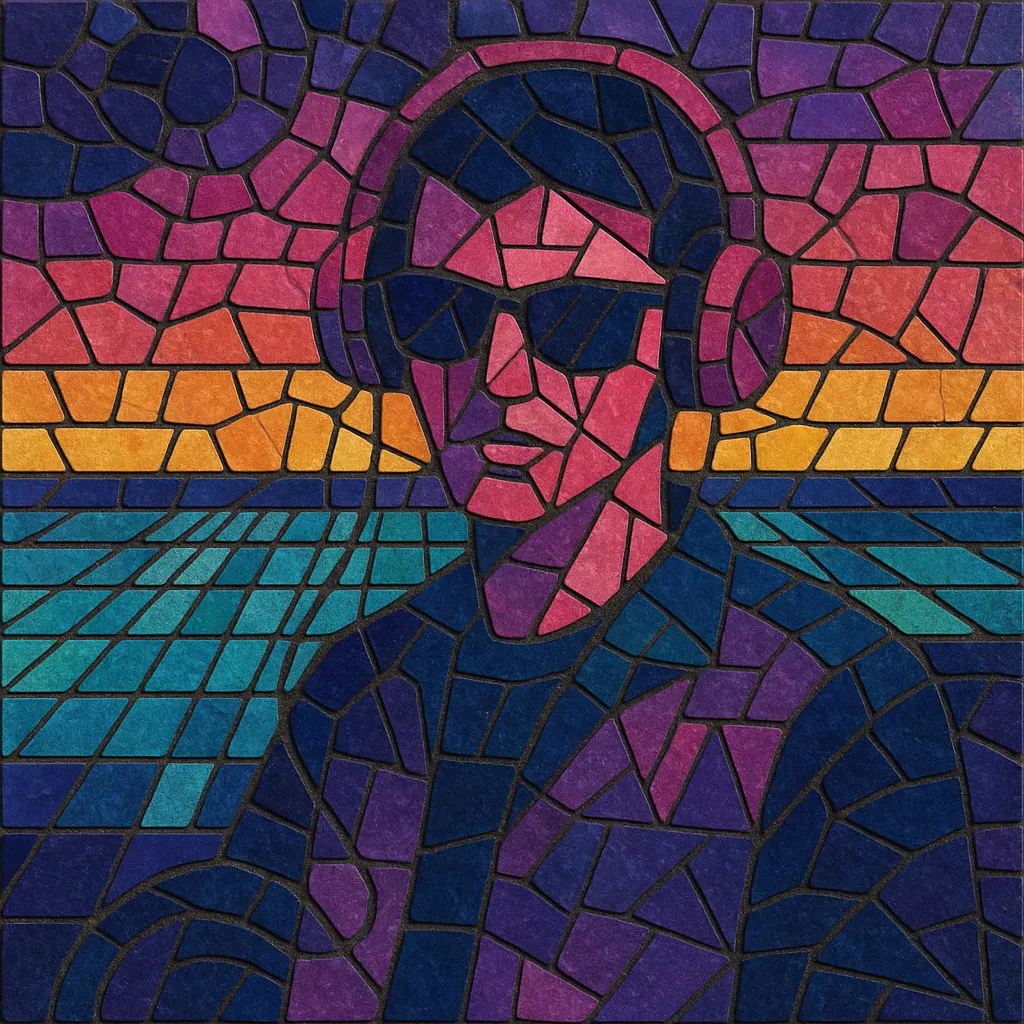Vaportrap is a hybrid microgenre that blends the hazy, sample-based aesthetics of vaporwave with the rhythmic language and sound design of modern trap and cloud-rap instrumentals.
It typically features half-time 808 grooves, shimmering pads, pitched-down or time-stretched samples from 1980s–1990s media (commercials, corporate music, smooth jazz, R&B), and a lo‑fi, nostalgic atmosphere. Compared to straight vaporwave, vaportrap is more beat-driven and club-aware; compared to mainstream trap, it is more ambient, textural, and dreamlike.
Vaportrap emerged online in the early 2010s as vaporwave artists and adjacent beatmakers began folding trap and cloud-rap rhythms into the genre’s signature sample-collage and nostalgia. The Canadian producer Blank Banshee is widely cited as a pioneer, with Blank Banshee 0 (2012) showcasing a clear synthesis of vaporwave timbres and trap percussion. Around the same period, producers influenced by chopped-and-screwed hip hop and witch house aesthetics also experimented with slower tempos, detuned samples, and heavy 808s.
Through platforms like Bandcamp, SoundCloud, and netlabels tied to the vaporwave ecosystem, the style gained a distinct identity. Artists favored glossy pads, glassy bells, and retro synth presets, while keeping arrangements minimal and loop-oriented. Releases from mid-2010s netlabels helped codify the term “vaportrap” (and related tags like “trapwave”), distinguishing it from both classic vaporwave and mainstream trap instrumentals.
Vaportrap inherited vaporwave’s visual culture—retro computer graphics, neon cityscapes, corporate ephemera, and late-night TV motifs. It also adopted a producer-first, internet-native distribution model. This kept the scene decentralized and global, with producers from North America, Europe, and Asia participating in a shared online aesthetic.
As the decade progressed, vaportrap textures bled into adjacent scenes. The atmospheric, reverb-heavy trap sound helped shape parts of the wave scene and influenced certain strands of EDM trap and R&B-influenced “trap soul.” While vaportrap remained a niche microgenre, its sound-design vocabulary—silky pads, slowed samples, and soft-focus 808 work—became common across internet-born beat music.
Today, vaportrap persists as a niche yet influential sound within the broader vaporwave and online beat communities. It continues to favor mood and texture over virtuosity, emphasizing hypnotic loops, soft transients, and reflective nostalgia.


